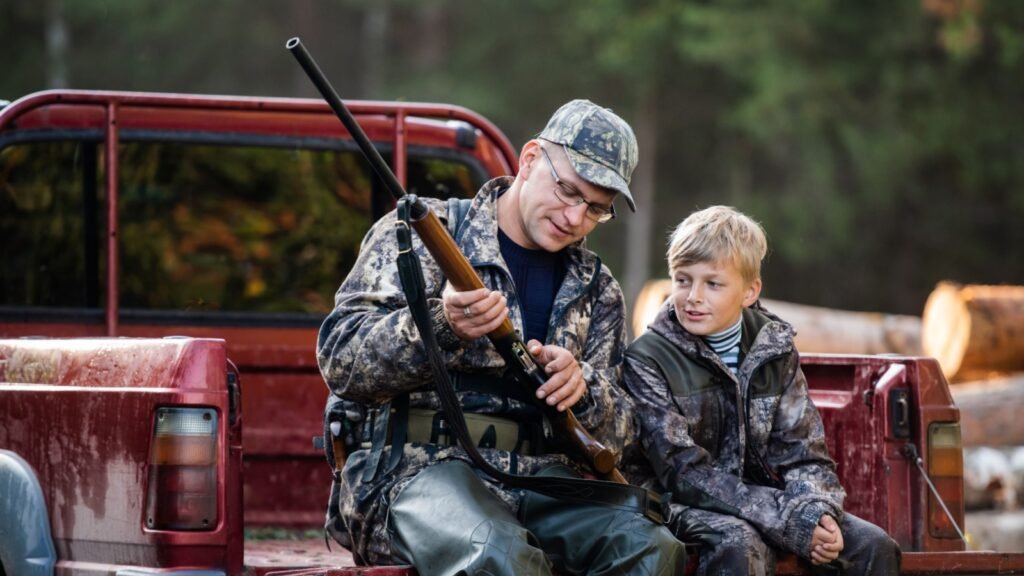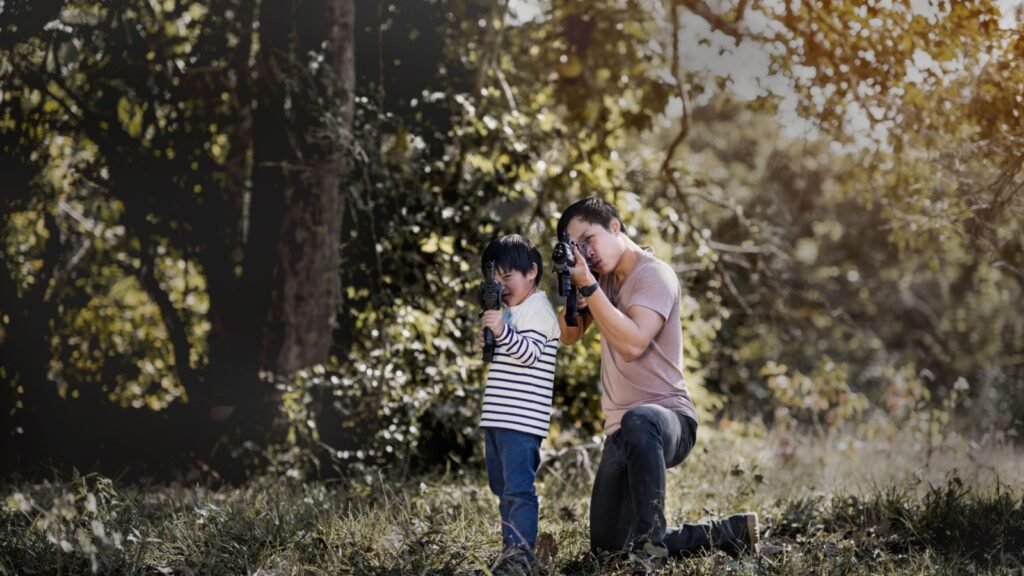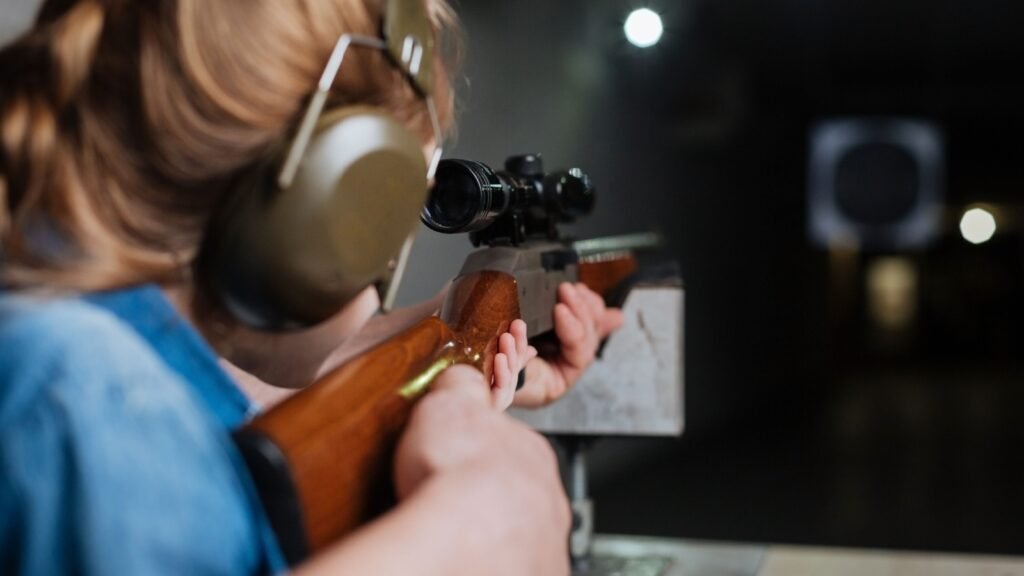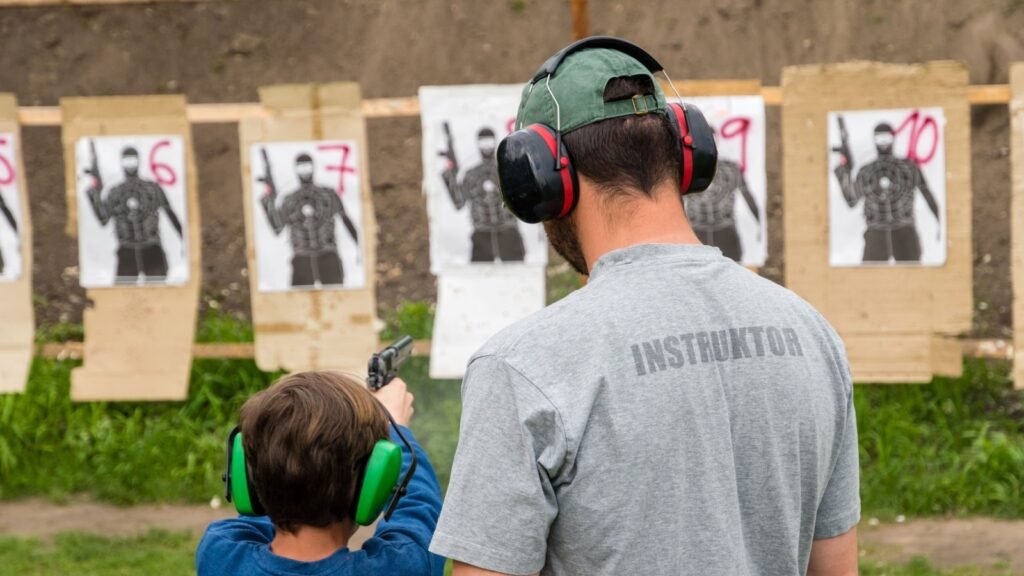If we’re serious about being ready for any situation, making sure every family member understands firearm safety is crucial. Firearms are powerful tools that, when handled with respect and knowledge, can help us stay safe in the most critical moments. Teaching firearm safety doesn’t have to be intimidating; instead, it can be empowering for each person to know what to do and feel prepared to act responsibly.
1. Establish the Basics of Firearm Safety

Start with a foundation of firearm safety rules. Emphasize the importance of keeping fingers off the trigger until ready to fire, always pointing the muzzle in a safe direction, and treating every firearm as if it’s loaded. These three principles form the backbone of gun safety and help build respect and caution around firearms from the beginning. Make sure each family member understands that these are non-negotiable rules for everyone.
2. Assess Each Family Member’s Knowledge Level

Not everyone starts with the same experience or comfort level around firearms. Before moving into more complex training, gauge each person’s understanding and any prior experience they may have. This helps you know where to focus and prevents overwhelming someone who may be new or nervous. A good approach is to ask questions and listen to their answers carefully, as their feedback will guide your training.
3. Practice Handling and Operating Firearms Safely

Before introducing live ammunition, let everyone practice handling an unloaded firearm in a safe, controlled environment. Show them how to load, unload, and check the status of the weapon, explaining each step slowly. Make this practice a routine until they feel comfortable with the mechanics, as muscle memory is crucial in stressful situations. Handling drills are a good way to reduce anxiety and improve confidence without the pressure of firing.
4. Introduce Live Fire in a Controlled Setting

When everyone feels ready, move on to live firing exercises at a safe range or private area. Ensure each person is fully equipped with protective gear, including ear and eye protection. Start with small targets at short distances, focusing on technique rather than accuracy. Reinforce safety guidelines constantly, and allow them to take their time. This step familiarizes each person with the sensation and responsibility of firing live rounds.
5. Teach Situational Awareness for Crisis Scenarios

Situational awareness is the ability to be aware of surroundings and anticipate potential dangers. In a crisis, knowing how to assess surroundings, avoid panicking, and recognize threats can be as crucial as knowing how to use a firearm. Practice role-playing different scenarios and guide them through steps to take before even touching a firearm. This helps family members understand when it’s truly necessary to handle a weapon.
6. Emphasize Communication and Working Together

Teach everyone the importance of clear communication during a crisis. In a high-stress situation, knowing how to give and follow simple, direct commands can make the difference between a safe resolution and unnecessary escalation. Practice using simple verbal cues or hand signals that are easy to remember, and have everyone practice until it becomes second nature.
7. Keep Firearms Secure and Accessible Only When Needed

Ensure your family understands that firearms should always be secured when not in use and accessible only when truly necessary. Teach them about safe storage practices, including gun safes, locks, and the importance of location. Explain that keeping firearms secured is as essential to safety as knowing how to use them, especially in a home with younger children or visitors.
8. Practice Regular Drills to Maintain Readiness

Firearm handling is a skill that can fade without practice, so make regular drills a family activity. Even just reviewing safety rules, practicing handling exercises, and refreshing on situational awareness can be helpful. These drills should focus on comfort, control, and safety so that everyone remains prepared without becoming complacent.
9. Emphasize Legal and Ethical Responsibilities

Teach your family the legal aspects of firearm use in your area, particularly around self-defense and storage laws. Discuss the ethical responsibilities of using firearms, especially in situations where their use could affect others. Reinforcing the importance of acting within the law can help them make responsible, informed decisions in a crisis, reducing potential legal issues and keeping them focused on safety.
10. Establish a Clear Post-Crisis Protocol

After any high-stress event, having a plan for what to do next is vital. Discuss as a family what steps to take once a crisis ends, like safely securing any firearms used, assessing each person’s well-being, and planning a debrief session. This helps everyone process what happened, address any concerns, and reinforce learning points, which builds preparedness and confidence for any future situations.

